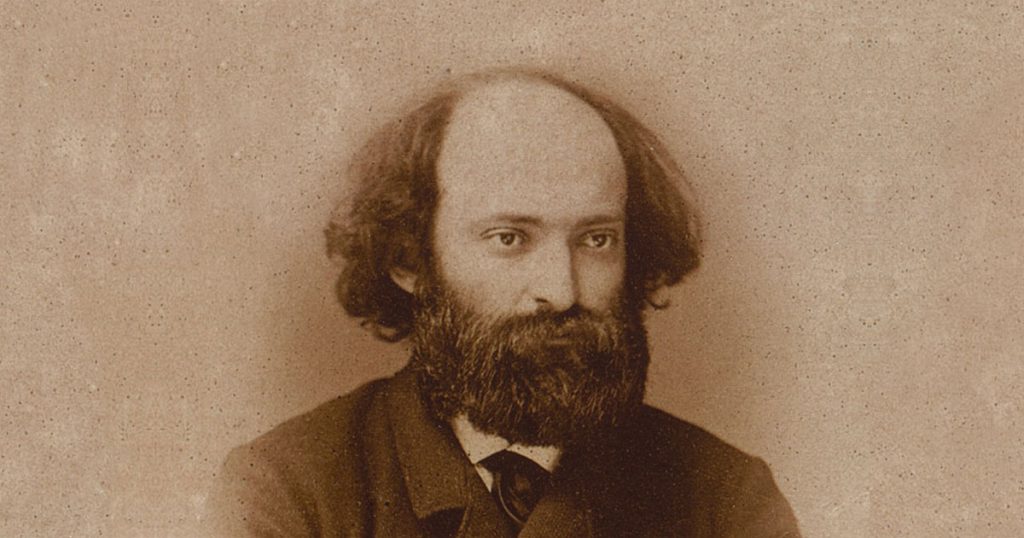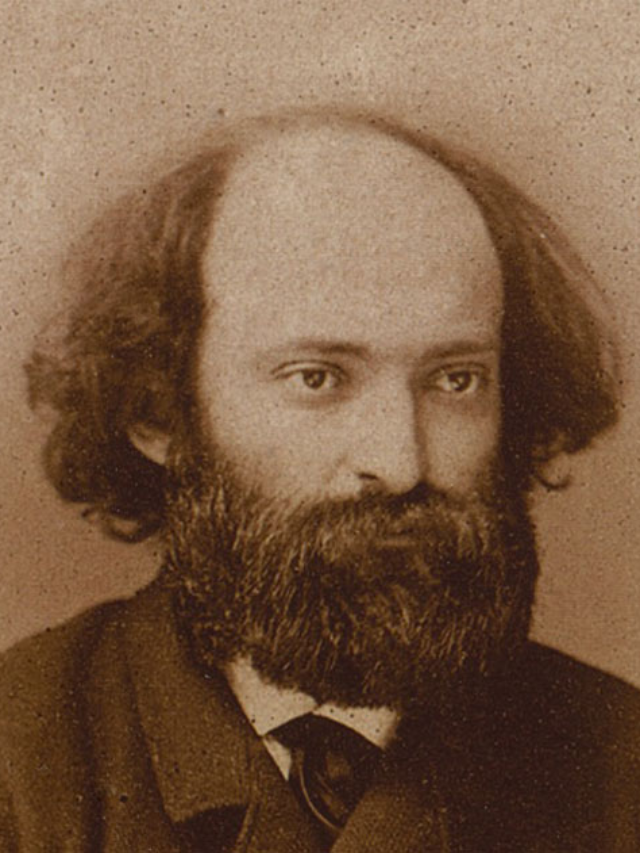“An art which isn’t based on feeling isn’t an art at all… feeling is the principle, the beginning and the end; craft, objective, technique – all these are in the middle.”
Paul Cézanne
Paul Cezanne was a French Post-Impressionist painter whose work laid the foundations of the transition from the 19th-century conception of artistic endeavour to a new and radically different world of art in the 20th century. A quintessential Paul Cezanne painting often features repetitive, exploratory brushstrokes that are highly characteristic and recognizable. He used planes of colour and small brushstrokes that build up to form complex fields. The paintings he created in the last fifteen years of his life are often considered his most remarkable works. Paul Cézanne’s artworks reflect a synthesis of various aesthetic movements and theories, including Impressionism, formalism, and the work of the Old Masters.
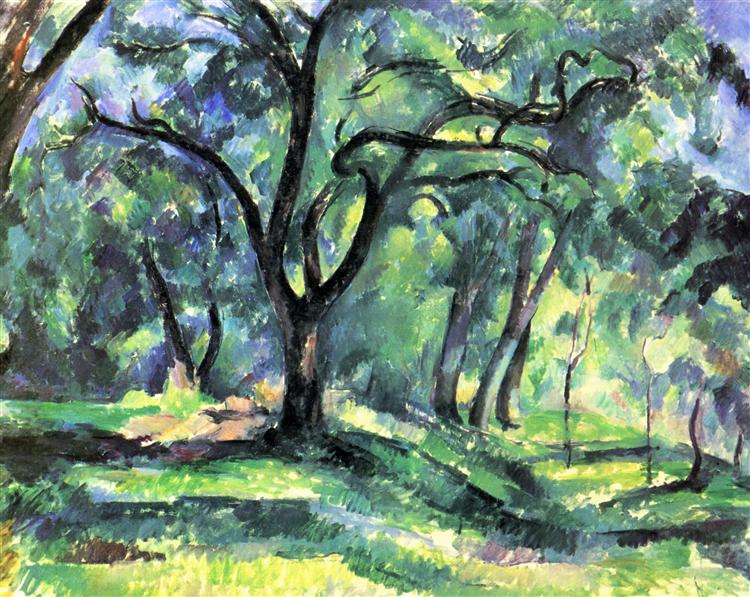
Courtesy – WikiArt
Artist Paul Cezanne was born on January 19, 1839, in the south of France in the town of Aix-en-Provence. He studied art at the Ecole des Beaux-Arts in Paris. He is known for his use of colour, which he referred to as “the law of harmonious and contrasting colours.” His works are characterized by expressive and dynamic brushwork and often include figures, landscapes, still lifes, and architectural scenes. Cezanne the artist is known for his innovations in art, such as his use of colour and his exploration of the physicality of paint on canvas. He is also known for his unique style of composition, which he referred to as “constructing”. This process involves the manipulation of form and space to create a coherent image. Paintings by Paul Cezanne are most notable for their psychological complexity, intense colour, bold composition, and their light-filled atmosphere.
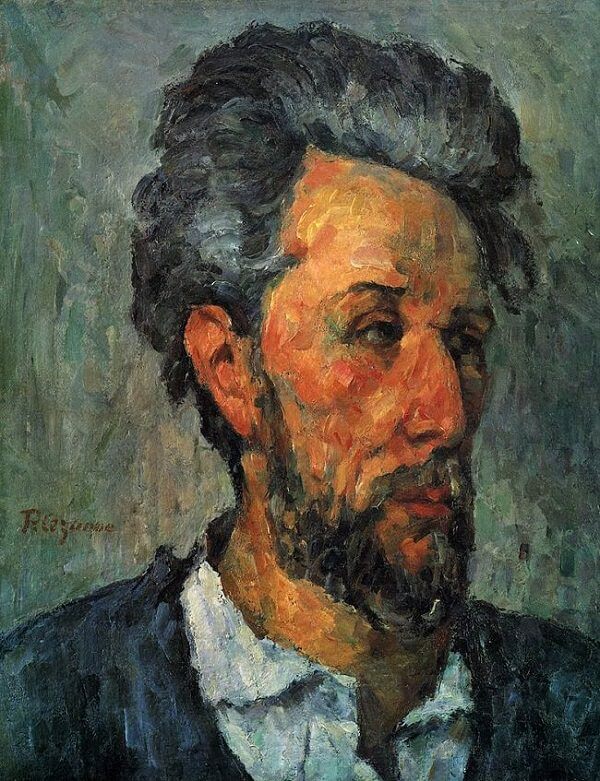
Courtesy – Paul Cezanne
Paul Cezanne’s artwork was influenced by a variety of aesthetic movements and theories. One of the most important influences on Cezanne’s work was the French Barbizon school of landscape painting. This movement emphasized the importance of capturing the effects of light in a painting, and artist Paul Cezanne adopted this technique in his works. He was also heavily influenced by the work of Impressionist painters such as Claude Monet, who used broken brushstrokes and vivid colours to capture the fleeting effects of natural light. Cezanne was a prolific oil painter, and he often used bright colours and thick brushstrokes to create a sense of movement and energy in his paintings.
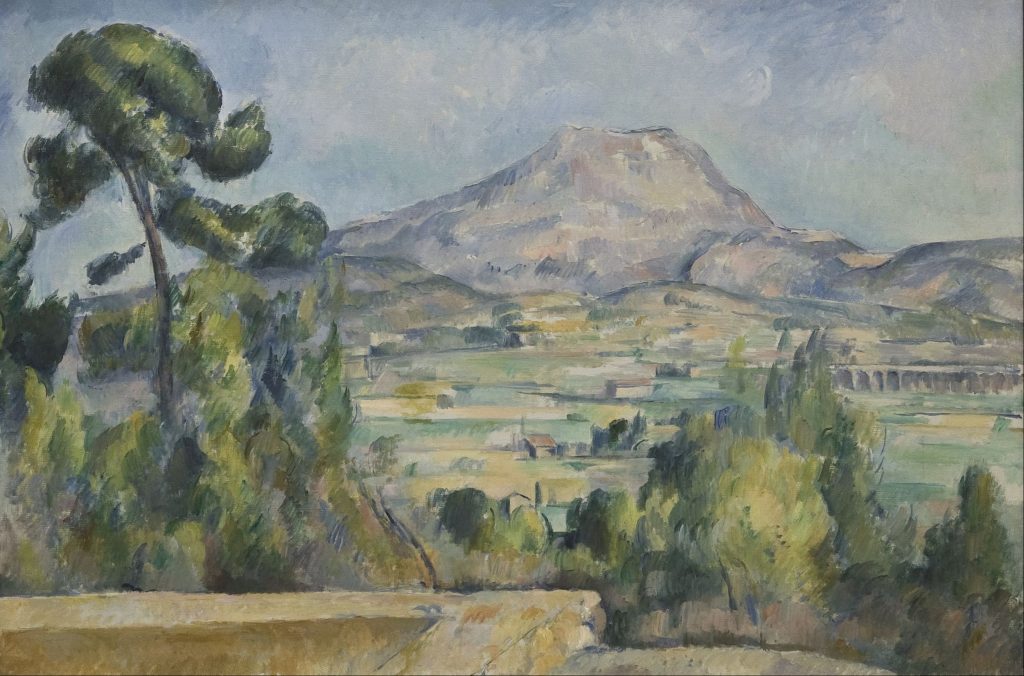
Courtesy – Wikipedia
Cezanne was also influenced by Neo-Classical and Academic painting. This style of painting had its roots in the classical art of the Renaissance and Baroque periods and focused on precise representation and the accurate depiction of detail. Cezanne’s paintings were particularly influenced by the work of Jacques-Louis David, a prominent Neo-Classical painter. Cezanne incorporated some of the principles of Neo-Classical painting into his work, such as the use of clear, precise outlines and careful composition.
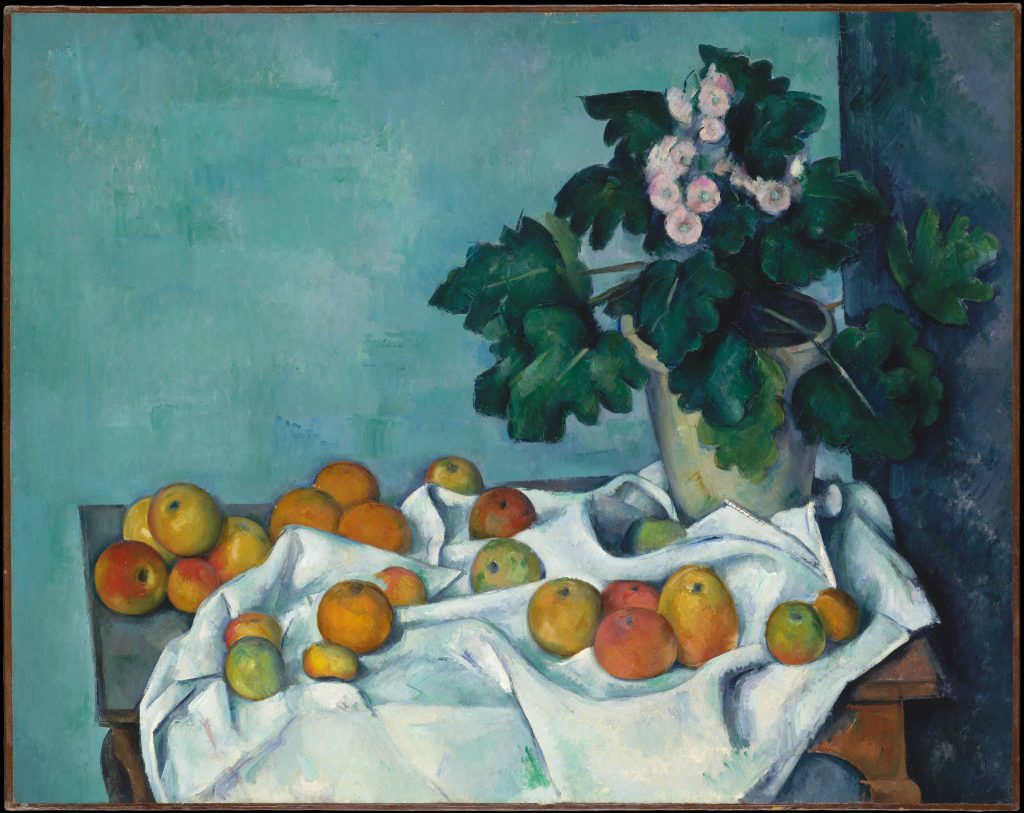
Courtesy – The Metropolitan Museum of Art
Cezanne was heavily influenced by a variety of aesthetic influences, and his work reflects the diverse range of styles he was exposed to. By combining elements of the Impressionist, Barbizon, and Neo-Classical styles, Cezanne the painter created a unique style of painting that continues to be admired and studied by art historians and lovers of art to this day. Cezanne was an influential figure in the development of modern art and his works had a profound impact on the direction of 20th-century art. His influence on modern art cannot be overstated, as his works were instrumental in the transition from 19th-century academic art to a new modernism. Cezanne’s artwork still stands as a major influence on contemporary artists today.
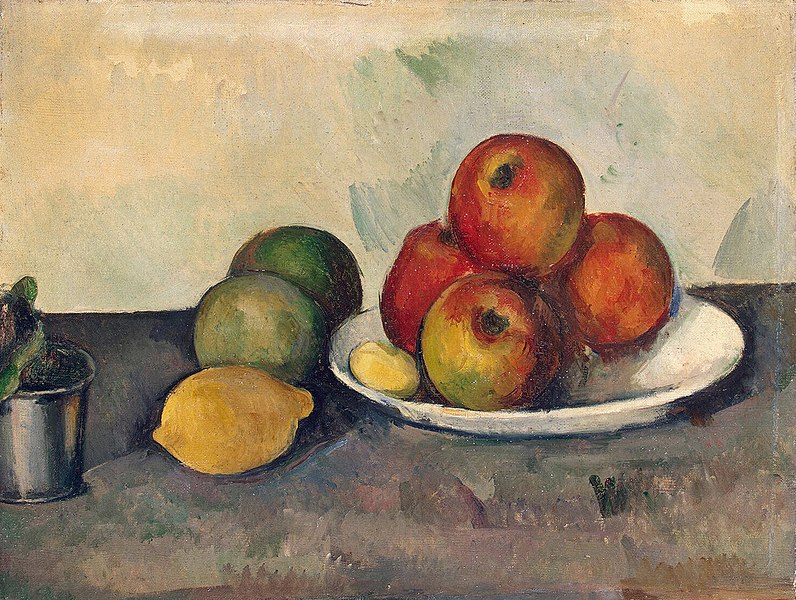
Courtesy – Wikipedia
Image Courtesy – EdrawMind
Radical Aesthetics and Political Poetry in the Paintings of Masami Teraoka


